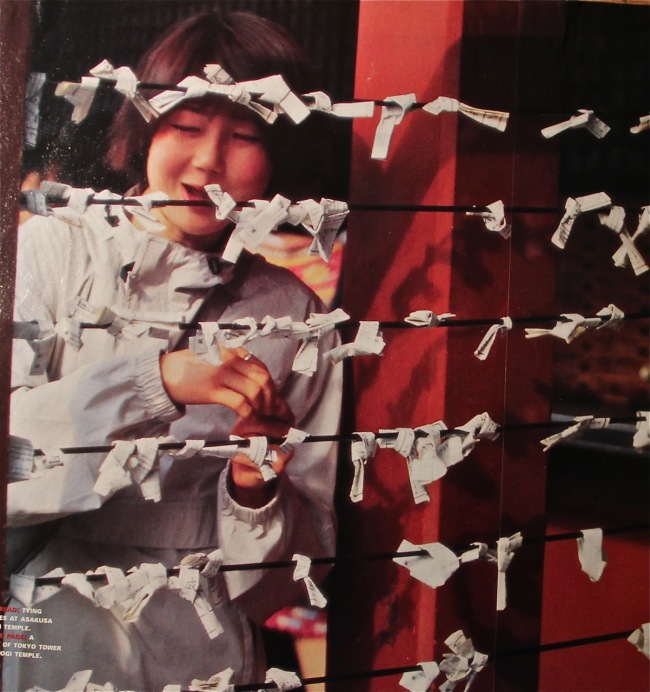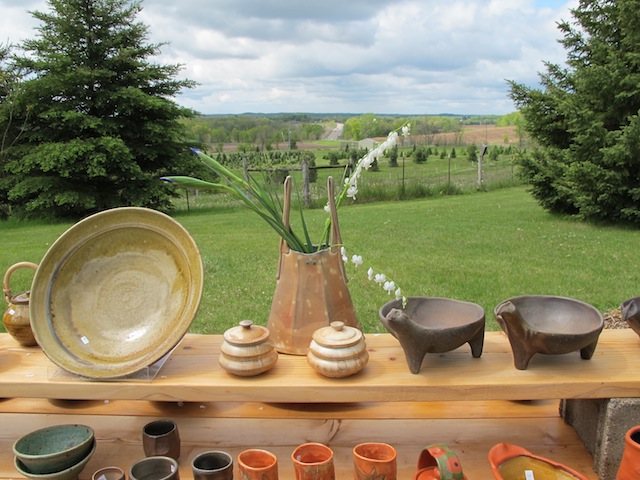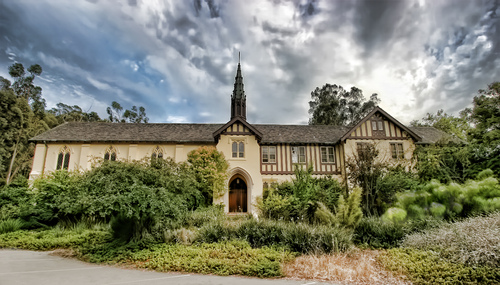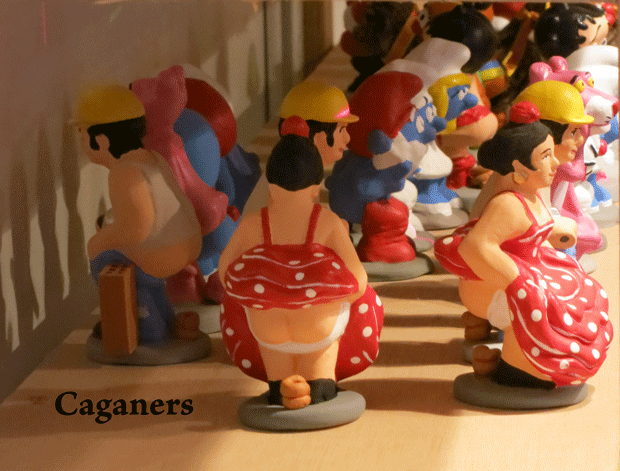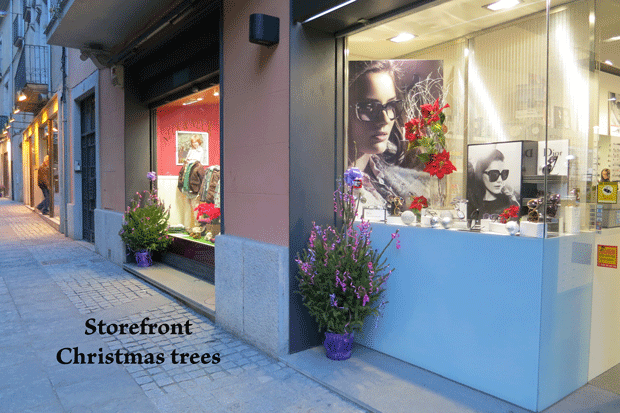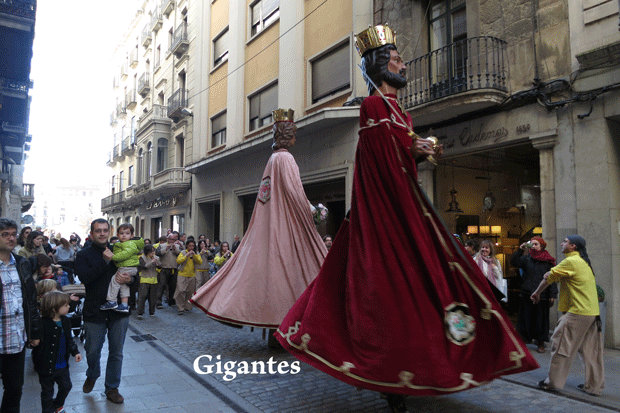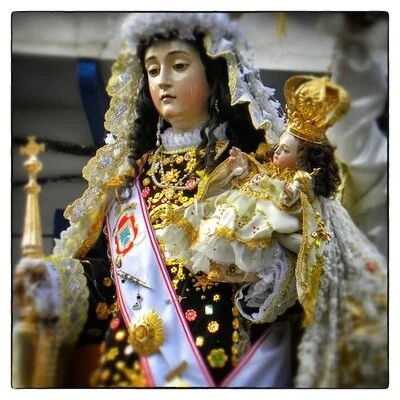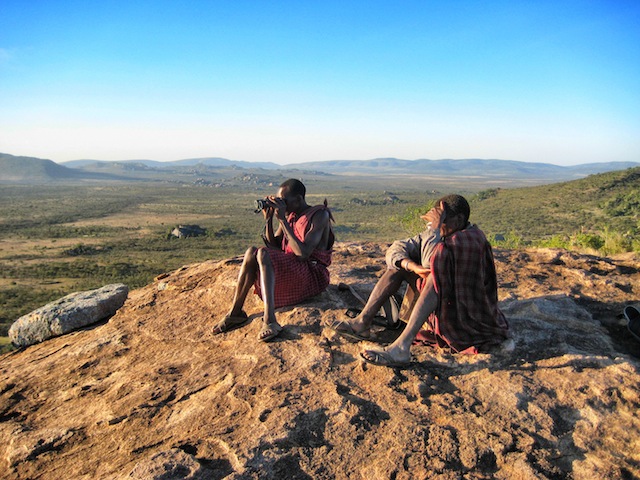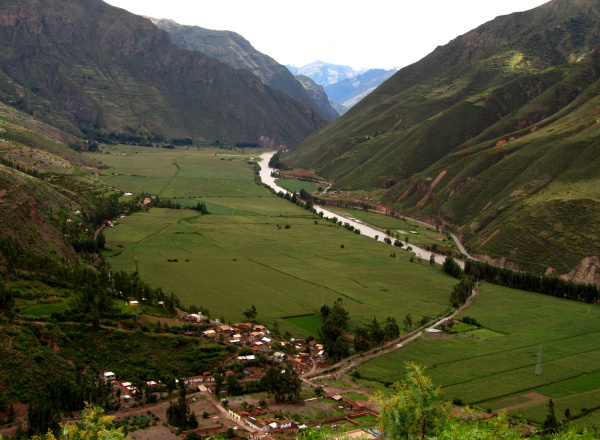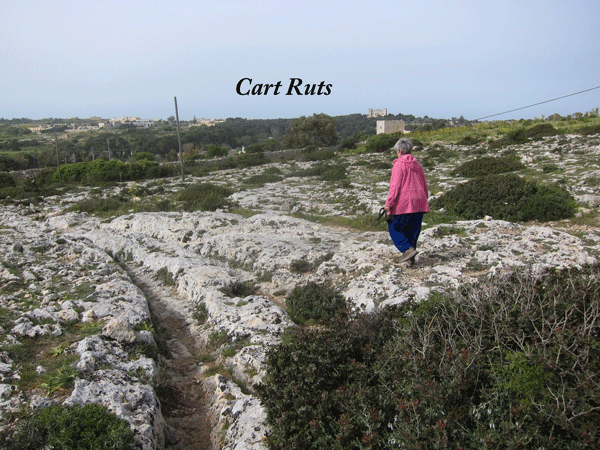While growing up, my parents traveled between Los Angeles and Nashville three and four times a year. Living in rented houses or apartments, the four of us kids weren’t allowed to have any toys or possessions that wouldn’t fit in the car. Our clothing and bedding would be tied up in sheets and placed in the back seat and trunk of our car. The oldest child, I would often climb up into the back window. There, I would listen to the hum of the engine, make up songs and watch the sky for UFO’s. These things helped take my mind away from the thoughts of emptiness.
 notes on a wire
notes on a wire
One Friday afternoon in late spring of ‘58 in Echo Park, California - at age seven - I was babysitting my younger brother and sister in my father’s sedan while my parents shopped. We were parked behind the Pioneer Market on Sunset Boulevard. As usual I sang songs to pass the time.
On the playground that school year I learned some clapping songs. (For example, a sailor went to sea, sea, sea, etc.) As I made up the lyrics, my mind was on the cute, blonde-haired boy who recently moved next door. Even though he hadn’t shown any interest in me, I had developed a big crush. So, as thoughts of him crept into my clapping rhythms, these words emerged:

